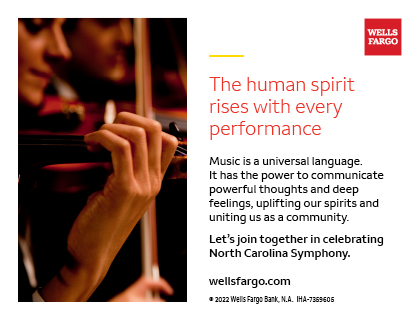Boléro
Maurice Ravel (1875-1937)
THE STORY
Ravel’s Boléro dates from the end of the composer’s career. It was commissioned in 1928 by the famed Russian ballerina Ida Rubinstein, who had stunned Parisian audiences two decades earlier with sensual performances at the Ballet Russes. Coming from a family of immense wealth, she went on to form her own dance company and commissioned ballet scores from Debussy and Stravinsky, among others.
Ravel suggested a score that was Spanish-flavored, based on a novel idea he had been toying with: repeating a single melody “a number of times without any development, gradually increasing the orchestra as best I can.” The idea was well-received by Rubinstein, who had the work choreographed by Bronislava Nijinska to feature a woman dancing in a Spanish tavern against a lush backdrop painted by the Russian artist Alexandre Benois. The ballet premiered at the Paris Opéra and was an instant success.
Ravel’s conception for his Boléro was far less sensual and, in fact, an experiment in a new direction: “{The piece consists] wholly of orchestral texture without music—of one long, very gradual crescendo. There are no contrasts, and there is practically no invention except in the plan and the manner of the execution. The themes are impersonal—folk tunes of the usual Spanish-Arabian kind. [T]he orchestral treatment is simple and straightforward throughout, without the slightest attempt at virtuosity…. I have done exactly what I have set out to do, and it is for listeners to take it or leave it.”
LISTEN FOR
- The “long, very gradual crescendo” with its ostinato rhythm initiated by the snare drum, played 169 times
- Both the melody and ostinato rhythm passing among different instruments of the orchestral family, eventually growing into a thicker and more sonorous climax
INSTRUMENTATION
Piccolo, two flutes, two oboes, oboe d'amore, English horn, two clarinets, bass clarinet, E-flat clarinet, two bassoons, contrabassoon, soprano saxophone, tenor saxophone, four horns, four trumpets, three trombones, tuba, timpani, percussion, celesta, harp, strings

